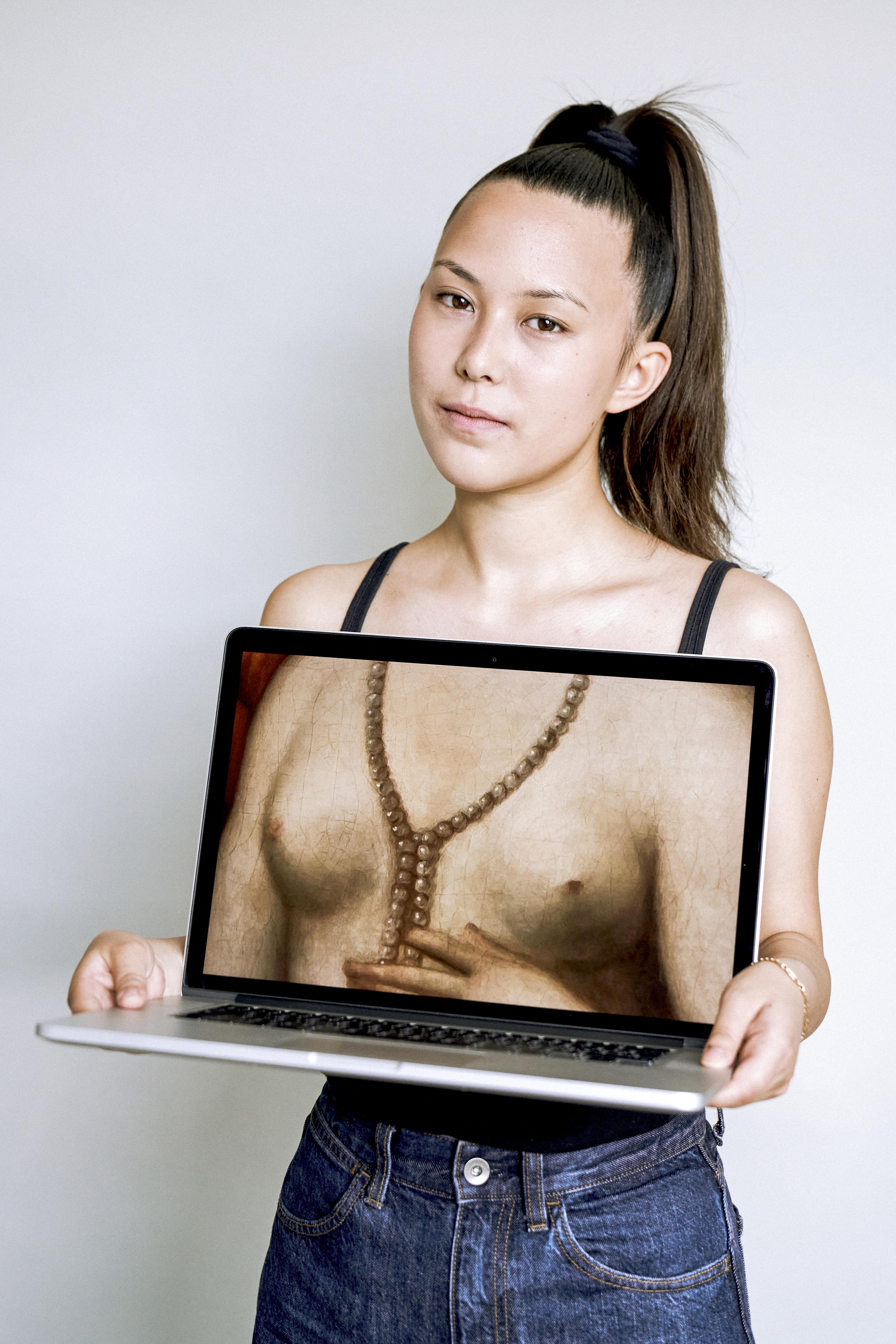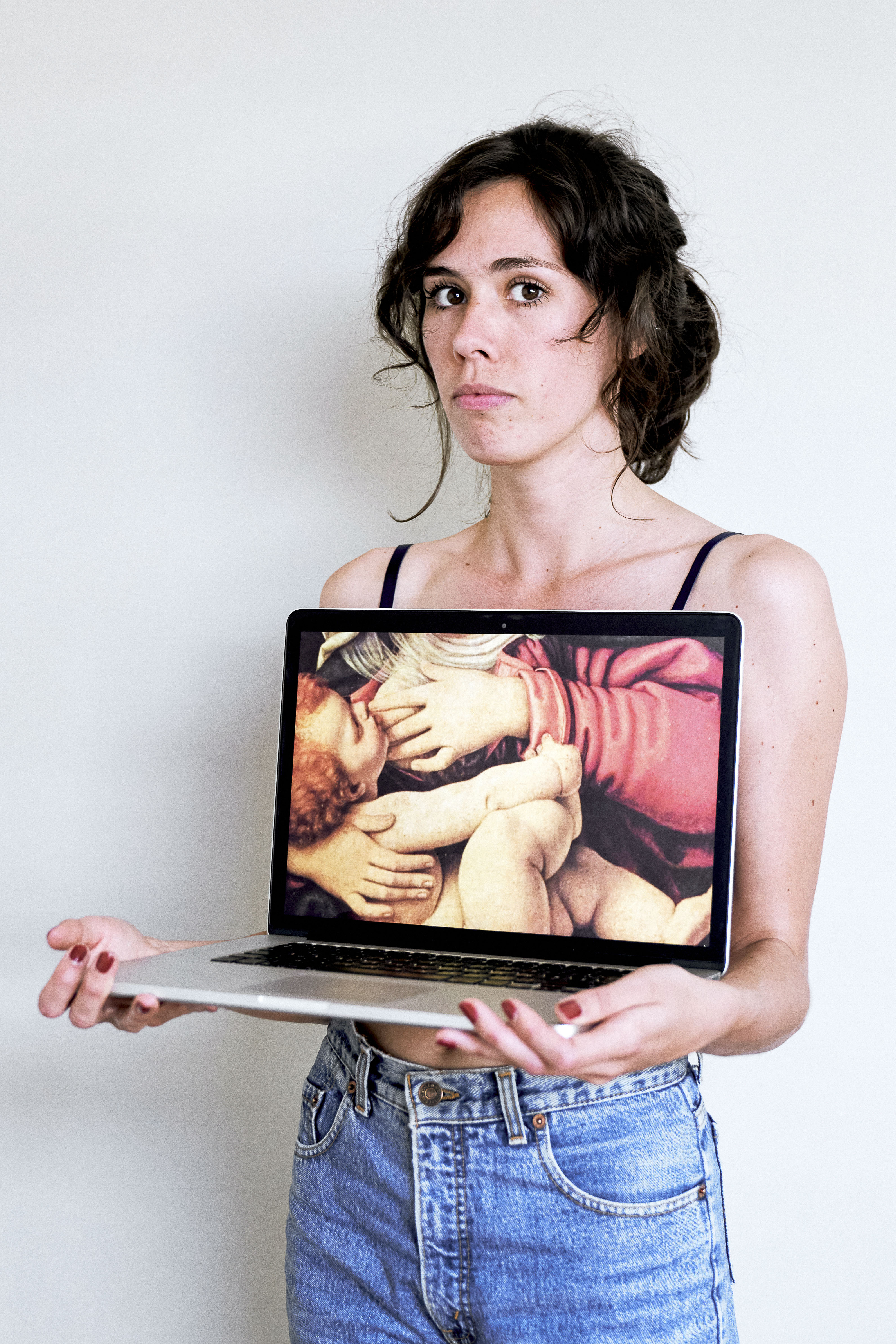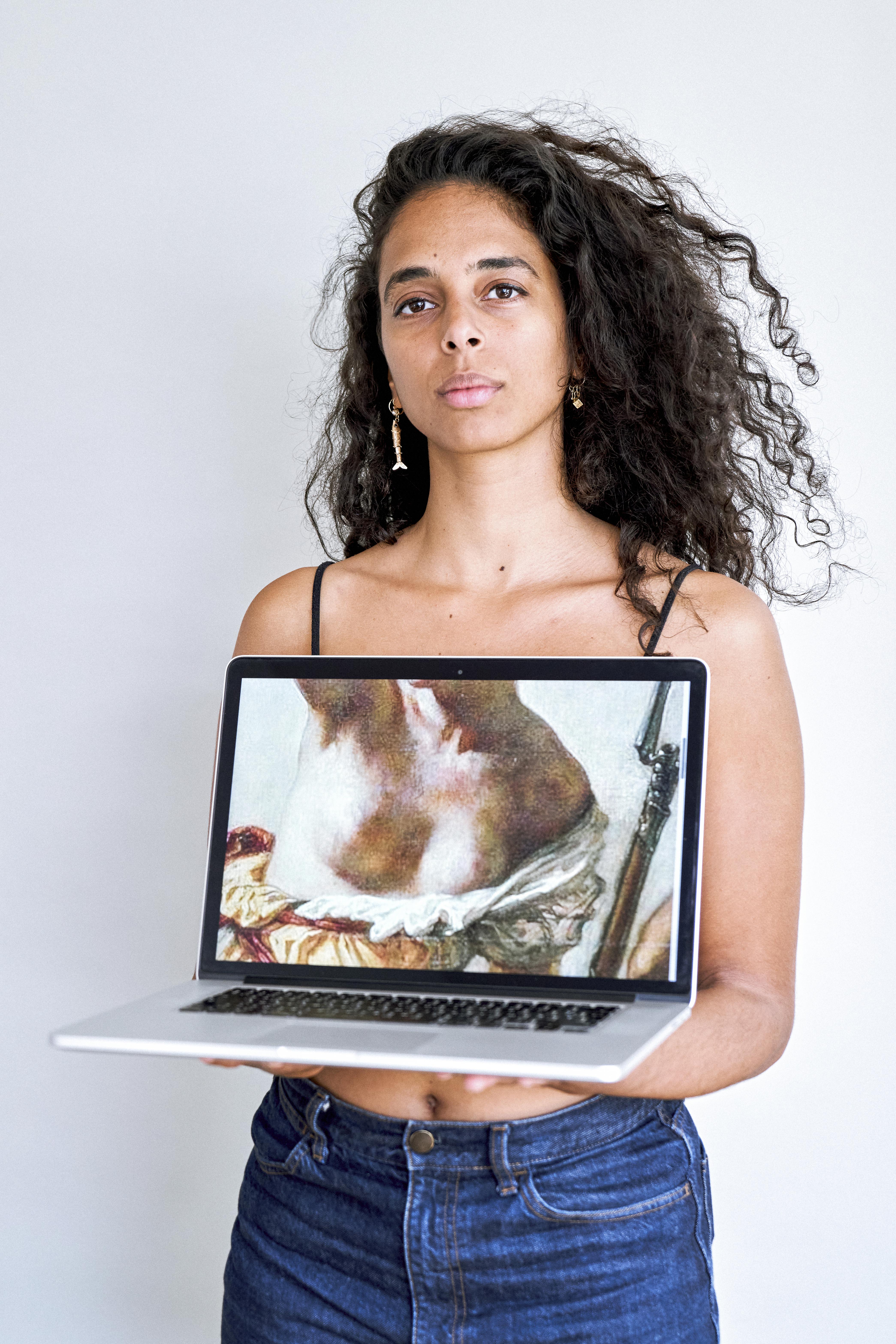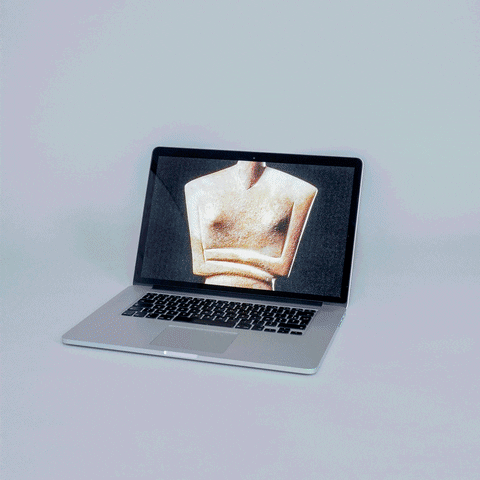"To whom does the breast belong?"
“A History of the breast”
“A History of the breast”
Have you ever wondered "to whom the breast belongs"? Or like me, have you always naively thought that it belongs to you, as it is an integral part of your body?
In the book "A history of the breast" the innovative American writer Marylin Yalom shows us exactly the opposite. Not only has the breast never belonged to women (or to ourselves), but throughout the history of mankind, it has always belonged to many owners.
The starting point of her research is precisely this question: "to whom does the breast belong? To the child who is breastfed? To the man who looks at it excitedly? To advertisements? To fashion? Maybe to the woman?
This "chronological journey", as she herself defines it in the introduction, begins in prehistory and continues to the present day. And for all these millennia, the breast has been loved, desired, hated, hidden, shown, touched, cursed, divinized... In every age, the omnipresent breast changes personality, function, status and sometimes even form.
From the divine breast of the Paleolithic era to that of the Virgin Mary breastfeeding, to the erotic breast of Agnès Sorel, to the domestic breast of the Netherlands in the 17th century, to the political breast of the French Marianne, or to the breast of the slavery of America at the end of the 19th century, to the breast marketed with the creation of corsets and bras, to the medicated breast tortured by the disease and amputated by doctors, to the breast psychoanalyzed by Freud at the beginning of the 20th century, to the breast freed, thanks to women who finally began to take possession of them at the end of the 1960s.
So, who does the breast belong to? It belongs to babies, men, to the family, politics, psychoanalysis, doctors, aesthetic surgeons, traders, advertisers, religion, pornographic producers. It is only fifty years ago that it began to belong (in part) to those who should: us, the women. And there is still a long way to go, in fact even today the breast still indicates the status of women in society. It would be impossible to create a parallel with a male body part. Try to do the exercise, just thinking about it is totally impossible.
So, from now on, ask yourself the following question every day: "Am I the one who has decided on any membership of my breast? "If the answer is no, try to change the situation, fight, turn around, regain possession of your body in all its parts. The breast is ours, it's made the way it is and that's fine. If it falls, if it hangs, if it gets old, if one is different from the other, if we have a few hairs on our nipples, if it is small, if it is big, if it is pear-shaped or champagne glass-shaped, if it is exciting, if it has been amputated, if it is sick, if it is healthy, if you wanted to reduce it, if it hurts, if it does not make milk, accept it for what it is: a part of your body and not an indicator of your femininity. And when someone wants to take it, simply say no. We are the owners, and since we are already hard enough on ourselves, we certainly don't need someone else.













The ancient sacred breast: Farmata and the female statue of the Cyclades, around 2500-2300 BC
The erotic breast: Anais and the «Dames au bain», Fontainebleau castle, 17th century, Anonymous
The domestic womb: Roberta and "Sophia Hdwig, Countess of Nassau Dietz, with her three children", 1621, Moreelse Pauls
The sacred breast: Manon and «The Virgin with the green pillow», Andrea Solario, 16th century
The political breast (positive): Eleonore and «La république guidant le peuple», Eugène Delacroix, 1830.
The political breast (negative): Shay and the daguerreotype from the series photographed by J.T. Zealy depicting "Delia", a woman from a B.F. Taylor in Columbia, South Carolina, 1850.
The psychological breast: Martina and the cover of Freud's psychoanalysis book, drawn by Charles Rycroft, 1972. Freud convinced that the first contact between the newborn and the breast was the «prototype of the whole love relationship».
The medicalized breast: Sara and the medical device created by Lorenz-Heister-Breast to completely amputate the breast in case of illness.
The commercialized breast: Noellie and the 1962 Maidenform advertisement, in which the woman holds the bull by the horns and in which you can read "I dreamed I took the bull by the horns .. in my Maidenform bra".
Breast released: Bajougou and «my nurse and I», Frida Kahlo, 1937.
Juliette and the advertising of the 90s Wonderbra on which the model's breasts were written "I can't cook, who cares? "
Marine and "Illusio", the virtual reality application created in 2016 that is used to create superimposed 3D models of a patient who would like to undergo cosmetic surgery.
Marylin Yalom, A history of breast, 1997, Knopf editore, ISBN 0679434593
Photographer & AD
Andrea Bresciani
Fanzine: Megazinne
Andrea Bresciani
Fanzine: Megazinne
Thanks to:
Farmata
Anais
Roberta
Manon
Eleonore
Shay
Farmata
Anais
Roberta
Manon
Eleonore
Shay
Martina
Sara
Noellie
Bajougou
Juliette
Marine
Sara
Noellie
Bajougou
Juliette
Marine